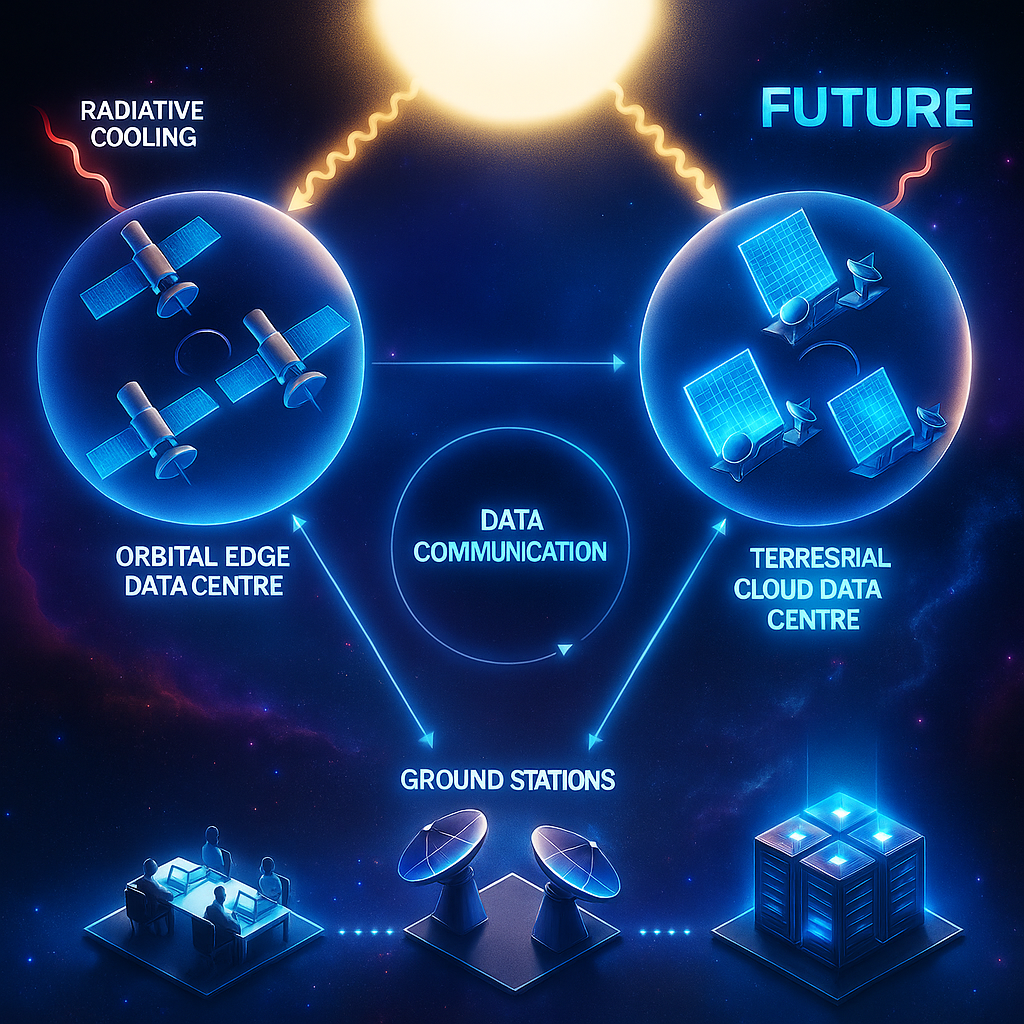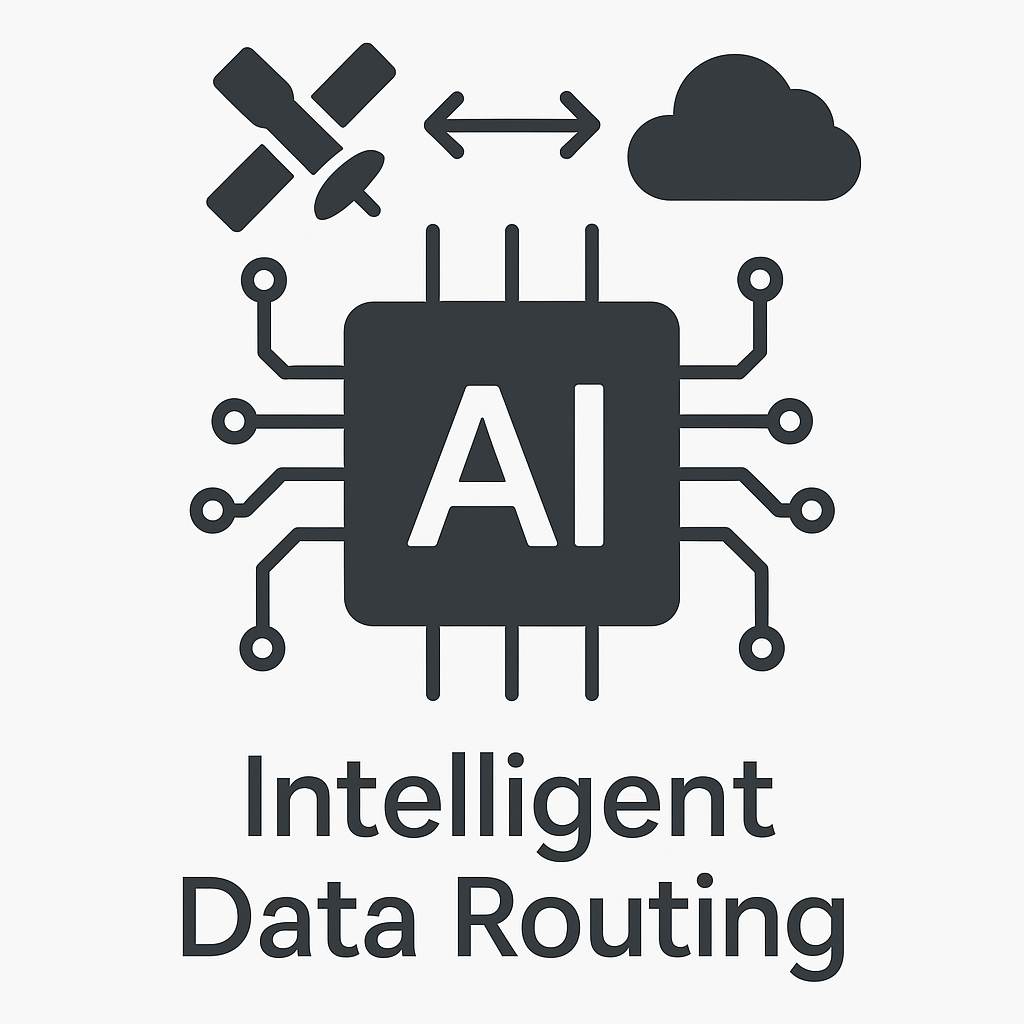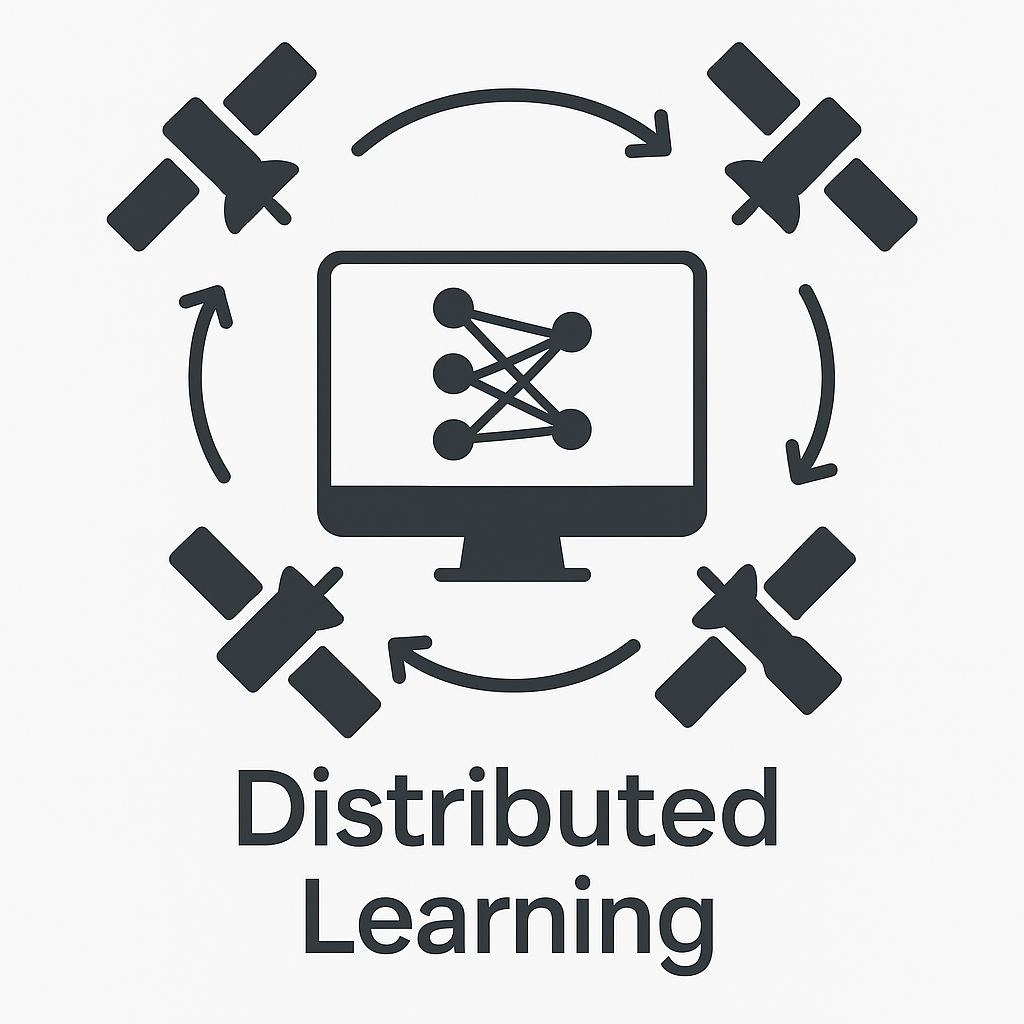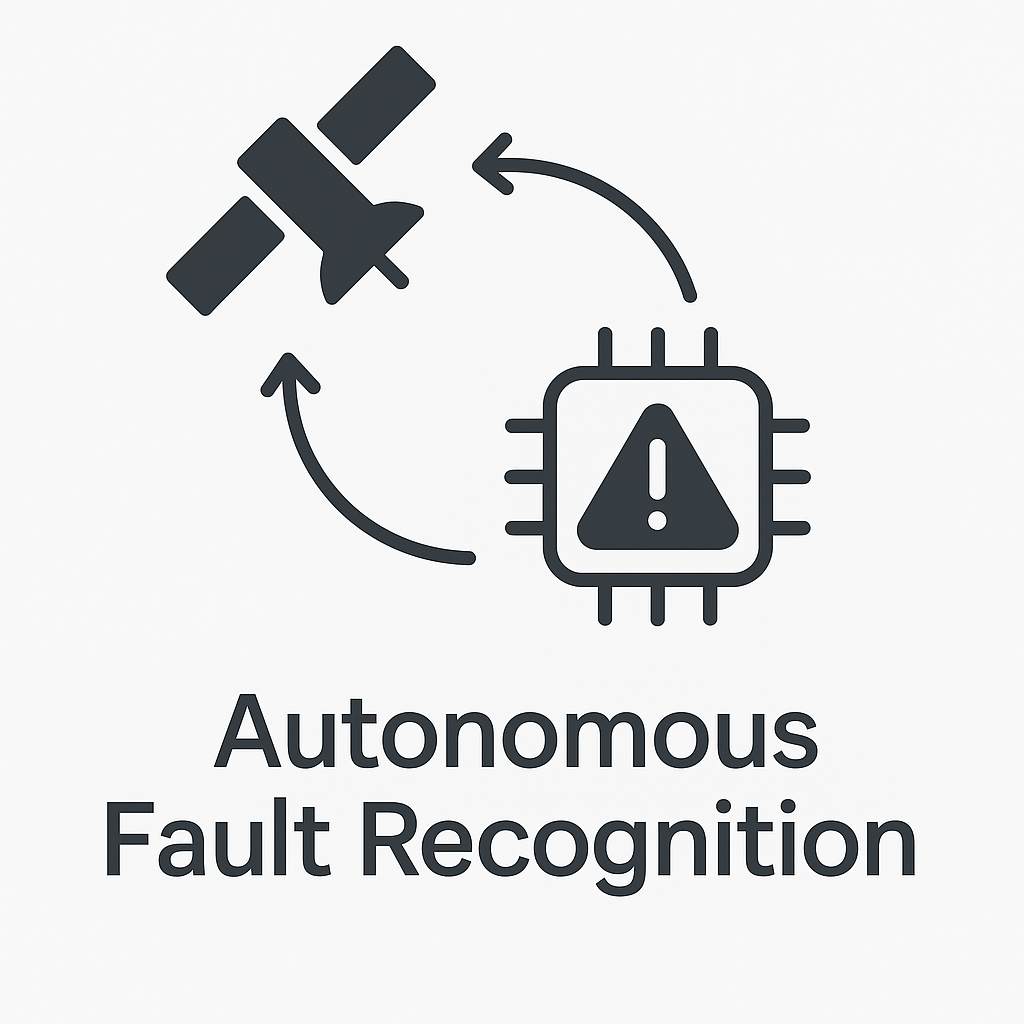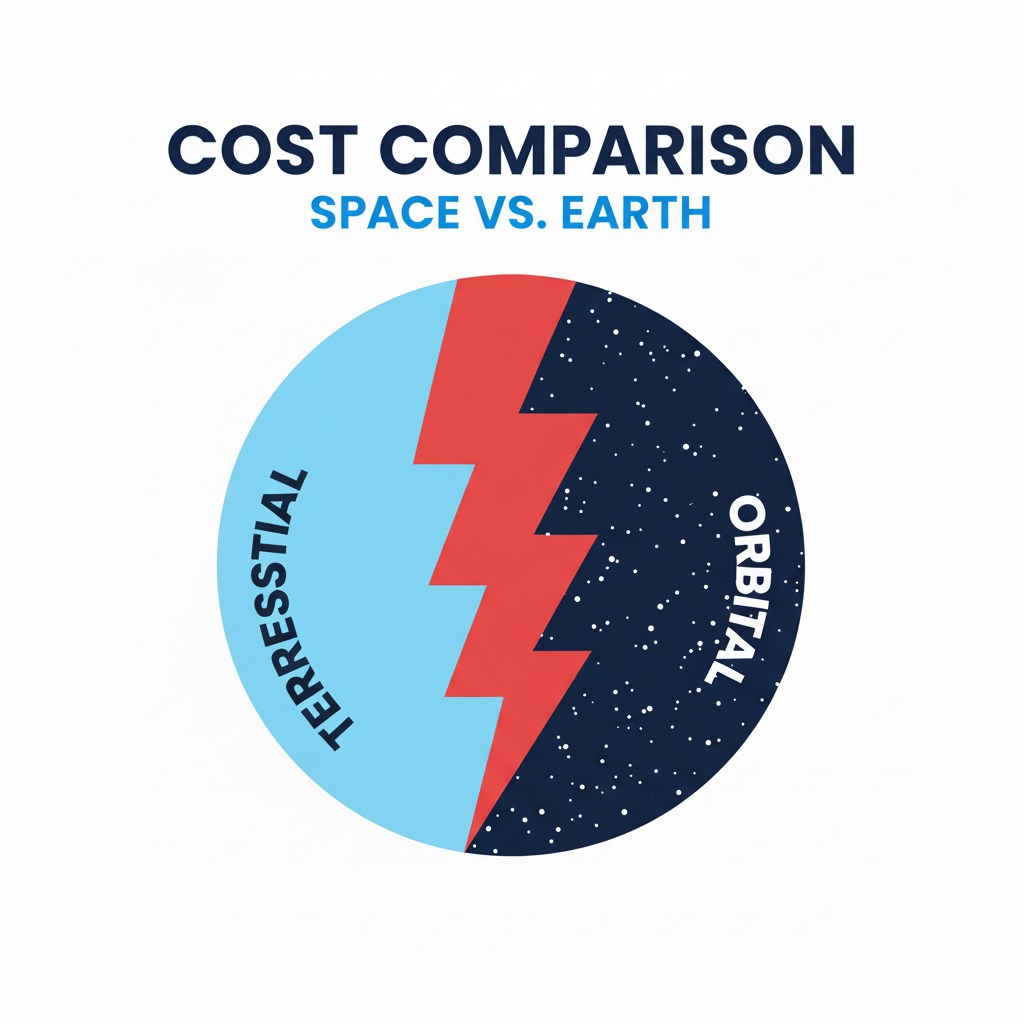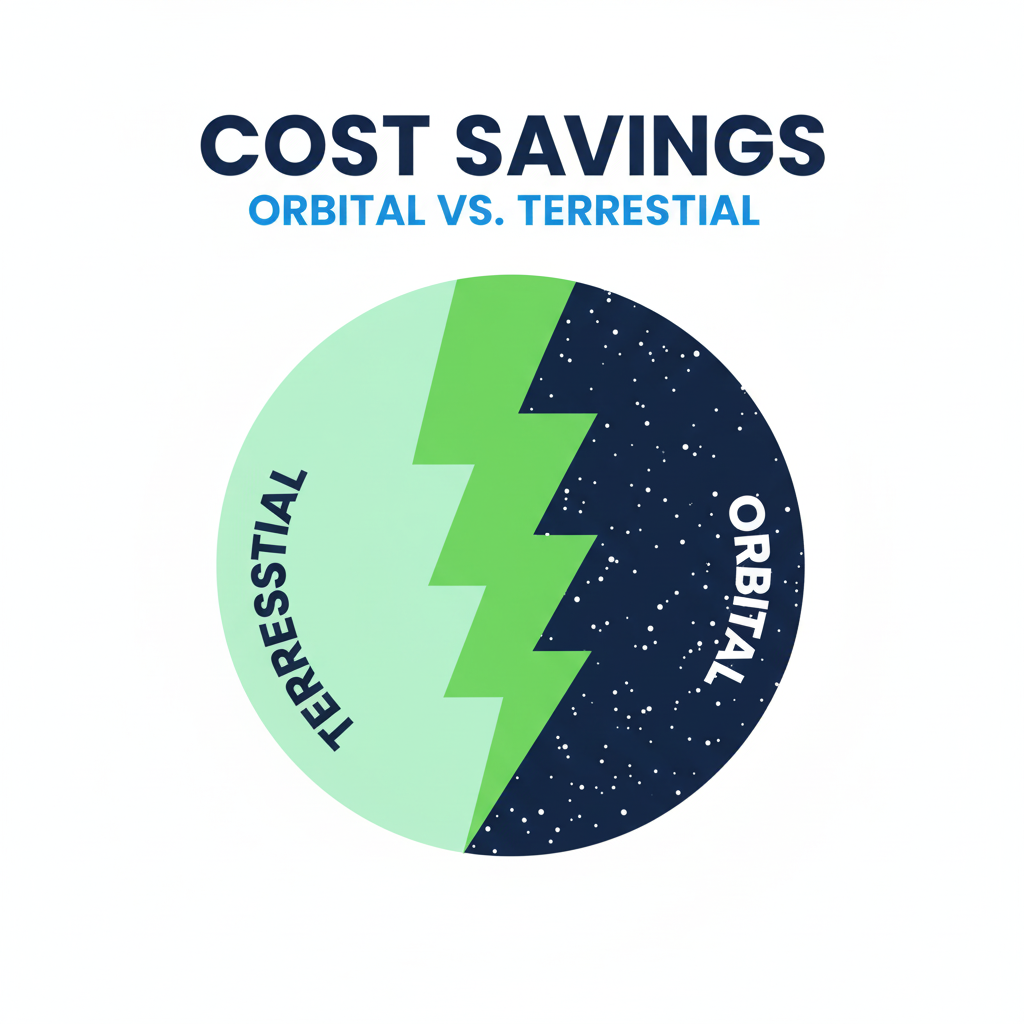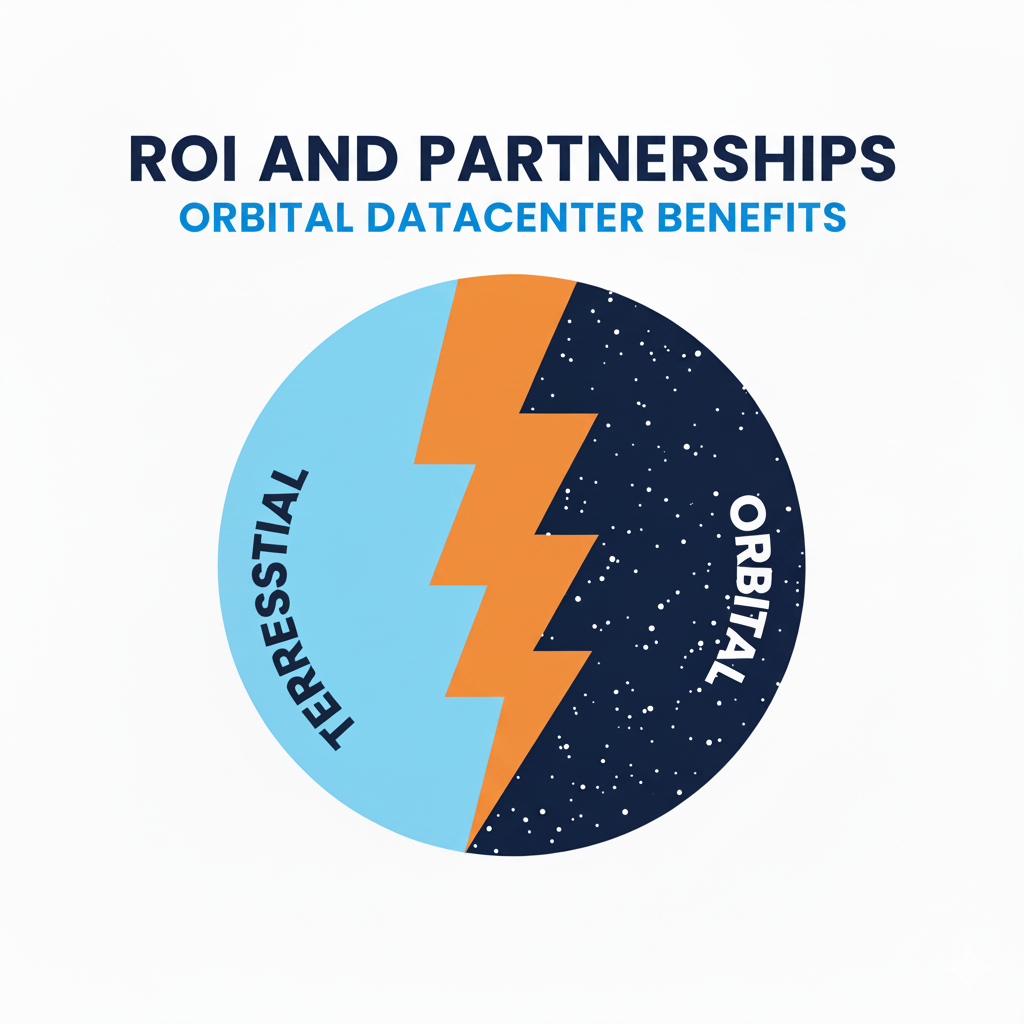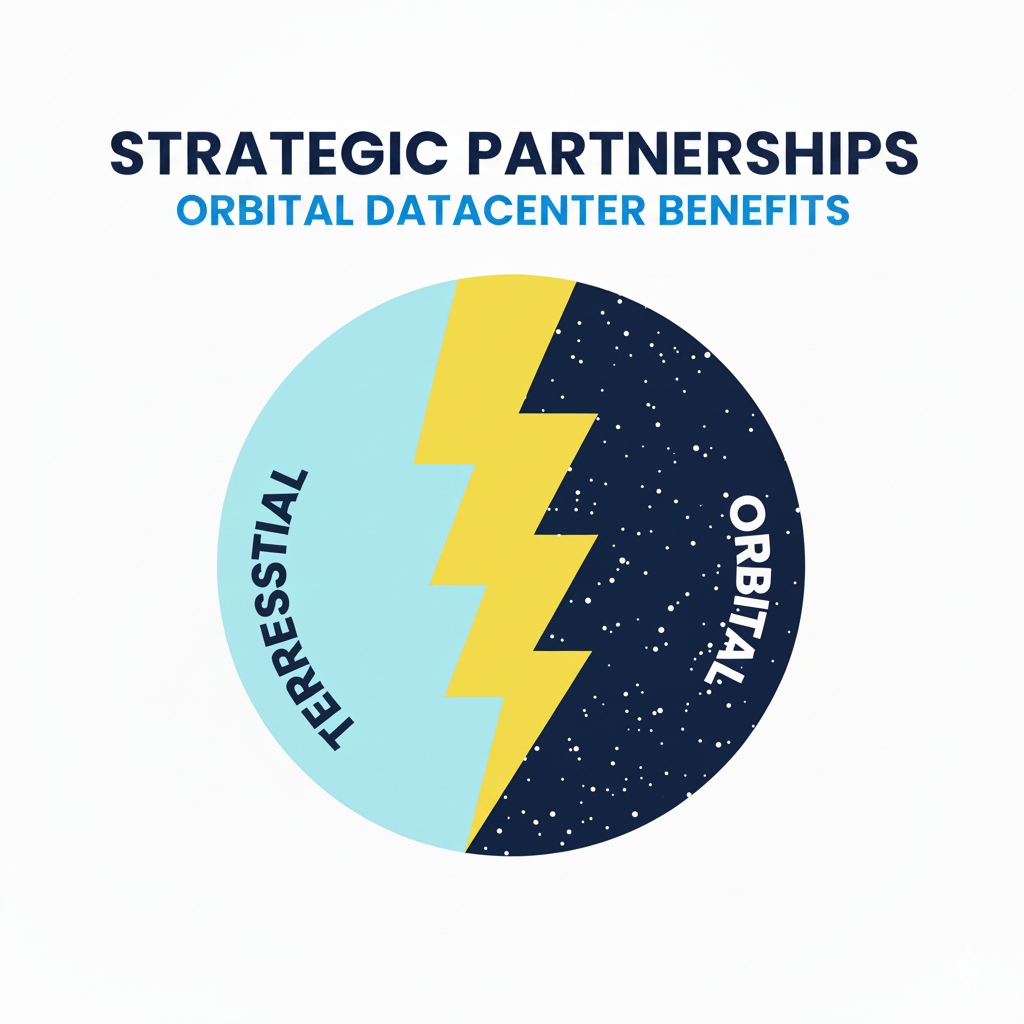Low Latency
Placing compute in LEO keeps inference a few hundred–few thousand km from the sensor, yielding ~25–88 ms round-trip latency and ~50% faster free-space propagation than fiber—far below GEO. This shrinks the interval from data acquisition to user insight, enabling near-real-time edge analytics for constellations and cislunar operations.

